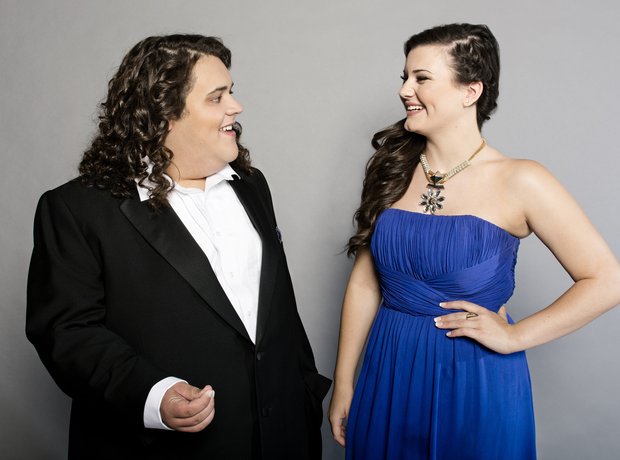

Some works, especially those with less of a direct reference to mainstream popular culture, may not be as much in the public consciousness (yet), but do have existing audiences, and do possess the kind of appeal which expands a work’s fanbase, especially to literature and theatre lovers. The Royal Opera is presenting a new opera by Oliver Leith about rock singer Kurt Cobain next month, and its entire run is already sold out. Just how the element of risk manifests now is worth considering, especially given the bundles of new works being presented as part of the 2022-2023 season across various houses in North America and Europe. This positive outcome of risk calculation is one some houses are willing to dare, especially as a long, challenging winter draws closer. Literal risk may well scare some off (or simultaneously attract others), but figurative risk – creative risk – has the power to tempt long-time audiences back in the house, and bring a much-coveted demographic: newcomers.

It’s on it’s off it’s on people are sick, the show must go on it’s half-on, it’s half-off it’s reduced, it’s streamed it’s full capacity but “gosh, where is the audience?” is combined with “why aren’t we moving tickets when we made such cool instagram videos?” and “let’s invite some influencers because they’ll bring the sexy young audience we really want!” Questions, queries, and marketing tactics aside, it is risk which is arguably foremost in audience minds: the risk of attending, but also the risk of experiencing something new, or something familiar, but in new ways.

It is an observation perhaps most applicable to the world of opera, an industry which continues to endure its fair share of slow-downs, speed-ups, and stand-stills since the start of the coronavirus pandemic in early 2020. Time, as Hugo von Hofmannsthal wrote in the libretto of Die Rosenkavalier, is a strange thing.


 0 kommentar(er)
0 kommentar(er)
